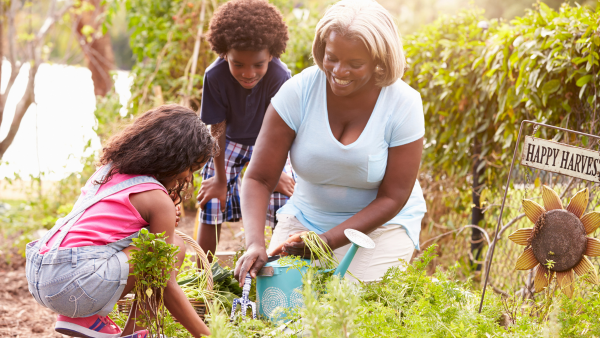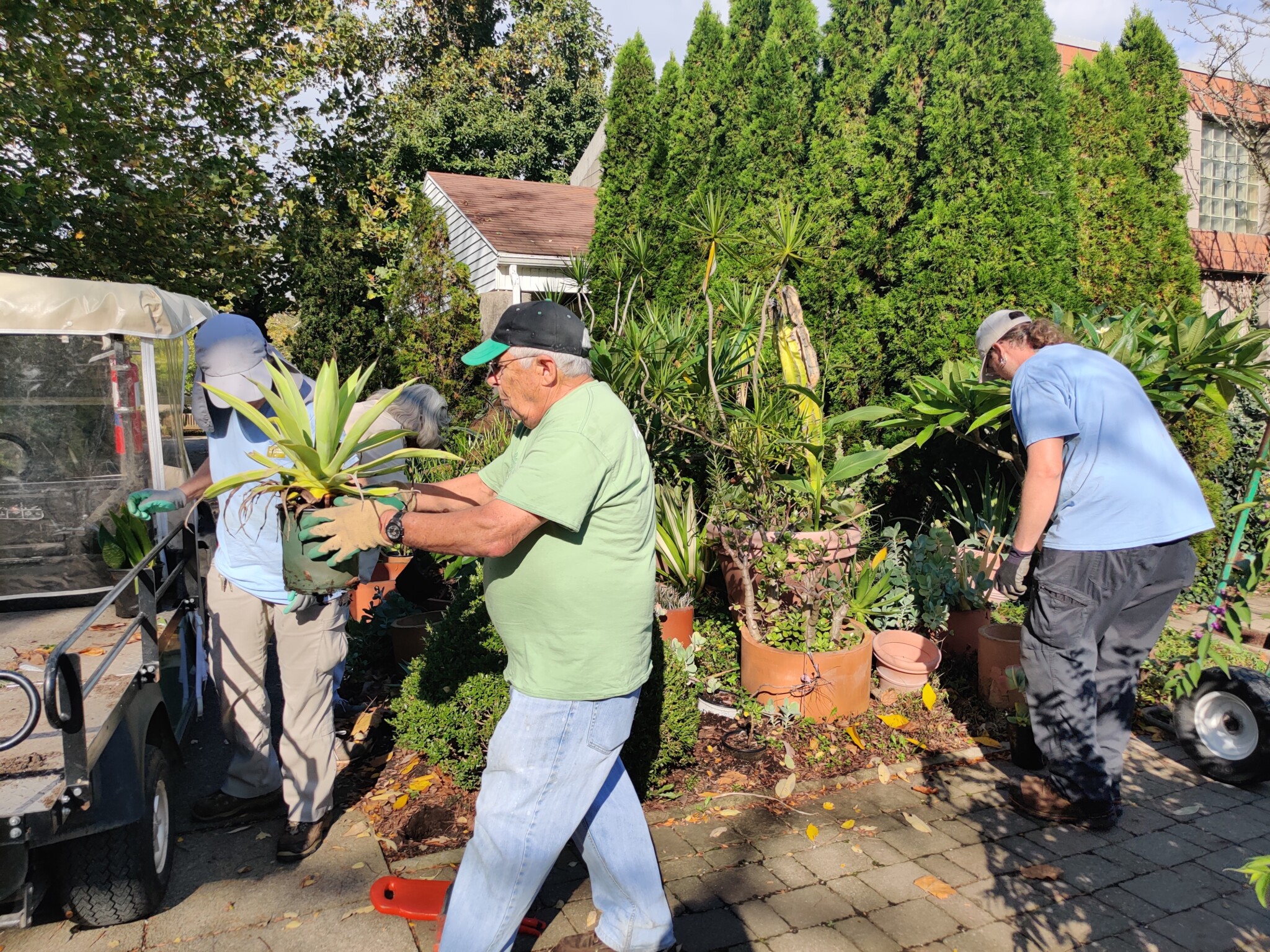Updated May 10th, 2023
Grow your own with a Victory Garden this summer

Whether you have some extra time at home and are looking for a new hobby or need to supplement your pantry out of necessity, gardening is a great way to stay physically active, enjoy the outdoors and reward yourself with healthy produce.
For nearly 80 years, Americans have been gardening during challenging times. During World War II, home gardening was promoted as a way to preserve food. Citizens were encouraged to plant “Liberty Gardens,” which were quickly renamed “Victory Gardens” once it looked like the United States and its allies would win the war. By the end of World War II, 40% of the country’s produce came from backyard gardens.
To get started on your Victory Garden, follow the tips below:
Gather tools to help you get started
- Before you get growing, you’ll need some basic tools and materials that will help you get started and keep up with regular maintenance.
- Hand tools: trowel, soil knife, hand pruners
- Large tools: shovel, hard rake, garden fork
- Gardening hose with adjustable nozzle or water wand (measure distance from your water tap to where you plant to plant your garden to ensure your hose is long enough)
- Measuring cups and spoons
- Plant labels (these can be plastic or wood)
- Notebook or digital recorder
- Gardening gear: gloves, hat and sunscreen
Location, location, location: Find a location for your garden. Most vegetables and herbs need a minimum of eight hours of full sunlight per day. Watch your yard throughout the day to see which areas get the most sun.
When planning your gardening space, consider what you want to grow. It’s important to grow what you will enjoy eating and have space to cultivate. For example, squashes can take up to 3’ x 3’ per plant, where tomato plants may need less space – 2’ x 2’ per plant.
Pick your produce: Make the most of your garden by growing things that you and your family will enjoy eating. If you are stumped on what to plant, consider these popular favorites for a small family victory garden:
- 2 large tomato plants
- 1 cherry tomato plant
- 3 pepper plants
- 5 bean plants
- 1 yellow squash or zucchini plant
- 3 basil plants
- 6 lettuce plants
- 6 spinach or greens plants
- If space allows, plant carrots, radishes, onion, herbs, marigolds, zinnias and nasturtiums as well.
According to the United States Department of Agriculture, Ohio is in Gardening Zone 6, meaning many plants can be transplanted or planted in early summer and harvested in late summer. At this point in the growing season, it is too late to start seeds indoors, so purchase a starter plant from a local grower or garden center.
MetroParks Pro Tips: If you have kids, get them involved in picking the produce you would like to grow. They will enjoy helping you garden and will be more likely to eat their veggies.
Want so to shop local, but aren’t familiar with local growers? Visit the smaller scale, outdoor Market at the 2nd Street Market on Saturdays and Sundays. Many farmers bring starter plants in addition to fresh produce. Plan your visit to the Market.
- Get creative with your space: If you have challenges with space, soil or comfort, consider getting creative with raised gardening beds or container gardening.
- Raised beds: Different from in-ground beds, raised beds are constructed with wood or block sides and are up to two-feet from the ground. Because these beds use fresh soil and are raised, you may experience less weeds and won’t have to bend over as far to garden.
- Container gardening: Use plastic, terra cotta pots, storage containers or planting bags for these gardens. Create holes on the bottom of the containers for drainage, and then fill them with 2/3 potting soil and 1/3 composted manure. Mix these natural materials and then plant your vegetables as you would in a typical in-bed garden.
- Get your garden going: When planting, account for space and consider companion planting. Companion planting helps combat damaging insects, which lessens the need for harmful chemicals, provides shade and gives physical support. For example, marigolds and basil are excellent companion plants for tomatoes.
Plants should receive one inch per week of water or the equivalent of rain. Measure the amount of rainfall you receive with a rain gauge to ensure you don’t over-water your plants. Water your plants in the morning when it’s cool. Watering during the day or evening when it’s hot can create mildew.
In addition to the appropriate amount of sunshine, plants will need food to help them thrive. Fertilize your plants with compost or organic fertilizers regularly to ensure your plants are well fed. Provide support with takes and trellises for plants that are likely to climb and produce heavy produce, such as squash. Remove weeds that rob the soil of nutrients and block the sun from your plants. Mulching your garden will help keep weeds down and maintain the soil’s moisture.
Remember not to get discourage if you don’t see your garden bursting with vegetables right away. Not all vegetables are ready to pick at the same time and often take a lot of care and time to grow. Check out MetroParks’ gardening programs and gardening tips and tricks on Facebook and Instagram.





